Introduction
Whether you’re running a bustling hotel kitchen, launching a pop‑up restaurant, catering large events, or looking for extra capacity during renovations, finding the right commercial kitchen for rent can be a game‑changer for your hospitality business. In 2025, rental kitchens offer more flexibility, scalability, and cost efficiency than ever before but knowing how to navigate the options is key to making the right choice.
The global shared kitchen market alone is valued at approximately USD 1.2 billion in 2024, with projections reaching USD 4.8 billion by 2033, showing a robust CAGR of around 16.7% through the coming years. This rapid growth reflects the rising demand from food entrepreneurs, delivery services, ghost kitchens, and traditional operators seeking cost-effective and flexible kitchen solutions.
In this comprehensive guide, you’ll explore everything you need to know about renting a commercial kitchen in 2025 — including cost factors, required permits, different kitchen types, inspiring use cases, and when renting is smarter than owning. Whether you’re managing a hospitality brand or planning your first rental, this resource is designed to help you make informed, confident decisions and connect you with our full library of in-depth blogs on the topic.
Commercial Kitchen Rental: What Are The Main Types?
Choosing the right commercial kitchen for rent starts with understanding your options. In 2025, the global temporary kitchen rental market is projected to reach $8.7 billion by 2033, growing at 7.7% CAGR — a sign that more hospitality operators are turning to flexible kitchen formats to meet seasonal spikes, renovations, and event-driven needs.
Here are the most common types:
- Shared-Use Kitchens – Pay-by-the-hour access to a licensed, equipped space shared with other businesses. Ideal for startups, bakers, and small-batch producers.
- Private Commercial Kitchens – Exclusive-use facilities offering full control over scheduling, hygiene, and compliance. Best for high-volume or sensitive operations.
- Commissary Kitchens – Support hubs for mobile food vendors and delivery brands, often located near urban centers for efficiency.
- Incubator Kitchens – Shared spaces combined with mentorship, business support, and subsidized rent for early-stage food businesses.
- Ghost Kitchens – Delivery-only facilities built for high-output fulfillment without dine-in service.
- Pop-Up Kitchens – Short-term setups for events, seasonal operations, or concept testing, often in modular or container formats.
- Mobile Kitchens – Self-contained, fully equipped units deployable anywhere — ideal for hotels during renovations, events, and emergency foodservice.
Tip: Match your kitchen type to your business model and service volume. For example, mobile kitchens work best when speed, flexibility, and location agility are critical, while commissaries suit mobile vendors needing long-term prep and storage.
Explore our full blog about commercial kitchen types here.
%20(1).avif)
How Much Does It Cost to Rent a Commercial Kitchen in 2025?
The cost of a commercial kitchen for rent in 2025 varies widely based on location, size, and included amenities. On average, hourly rates range from $20–$65, but can exceed $100/hour in high-demand cities like New York or San Francisco. Monthly rentals start around $1,200 for smaller kitchens and can reach $7,000+ for large, fully equipped facilities.
According to the U.S. Department of Agriculture Economic Research Service, spending on food away from home rose over 16% between 2022 and 2024 — fueling demand for flexible, rentable commercial kitchen spaces and pushing prices higher in many markets.
Key cost drivers include:
- Kitchen size — Every additional 500 sq. ft. can add $1,000–$2,000/month.
- Location — Metro markets command premium rates; rural areas are often far cheaper.
- Permits & compliance — Application fees ($300–$1,500) and upgrades to meet code can significantly impact your budget.
- Equipment & amenities — High-end gear like combi ovens, blast chillers, or walk-in freezers adds both convenience and cost.
Tip: Build a 10–15% contingency into your rental budget to cover hidden costs such as cleaning fees, utility hookups, or insurance requirements.
For some operators, mobile kitchens can offer better value by bundling equipment, permitting, and utility setup into a single turnkey package, reducing setup delays and eliminating many hidden expenses.
Read the full breakdown of commercial kitchen rental costs here.
%20(1).avif)
Licenses and Permits Required to Rent a Commercial Kitchen
Securing the right commercial kitchen permit is just as important as finding the right space. Permitting isn’t just bureaucracy, it’s what keeps your operation legal, safe, and compliant with local health, fire, and zoning regulations. Operating without proper licenses can lead to shutdown orders, fines of $500–$5,000, and even loss of insurance coverage.
According to the CDC, 48 million Americans get sick from foodborne illnesses each year: a key reason why commercial kitchens are so heavily regulated. Whether you’re renting for a short-term project or a multi-year contract, you’ll typically need some combination of:
- Business License – Authorizes your operation in your city/county.
- Health Department Approval – Reviews your layout, equipment, and sanitation plans before opening.
- Certificate of Occupancy – Confirms your space meets building and zoning codes.
- Fire Inspection Certificate – Verifies compliance with NFPA 96 and other fire safety standards.
- Food Service Establishment Permit – The final go-ahead to legally prepare and sell food.
- Food Handler Licenses – Required for all staff preparing or handling food.
- Zoning Clearance – Ensures your location is approved for foodservice use.
- Temporary Event Permits – For short-term activations like markets or festivals.
Tip: Start the permitting process early as some jurisdictions require 30–45 days for review and inspections.
For operators who need speed, mobile kitchens (like those from Mobile Culinaire) can fast-track permitting, as many units are pre-built to meet or exceed health and fire codes, arriving inspection-ready.
Read our complete commercial kitchen permit checklist here.
.avif)
Commercial Kitchen For Rent: Use Cases To Get Inspiration From
In hospitality, speed and flexibility are critical. Whether you’re renovating a resort kitchen, handling a holiday rush, or responding to a crisis, having quick access to a commercial kitchen for rent can protect your operations and your bottom line. With the average cost of unplanned downtime estimated at $25,000 per hour (and much higher for large operators), the ability to deploy a temporary, compliant kitchen isn’t just a convenience, it’s a strategic advantage.
Common scenarios where rentals excel:
- Expanding Capacity Without Capital Investment – Add production space without committing to costly permanent builds. Ideal for caterers, meal-prep brands, and growing hospitality businesses.
- Serving Remote or Infrastructure-Limited Locations – Mobile kitchens can be deployed to resorts, event venues, or worksites where permanent facilities don’t exist.
- Rapid Deployment for Events & Seasonal Surges – Pop-up, mobile, or commissary kitchens can be operational in days for peak seasons, large events, or holiday traffic.
- Maintaining Service During Renovations – Onsite mobile kitchens replicate your layout and workflow so service continues uninterrupted during upgrades.
- Emergency & Disaster Recovery – Mobile and commissary kitchens restore high-volume, compliant food production within days of a shutdown or disaster.
- Launching New Brands & Concepts – Shared, incubator, or ghost kitchens give startups a low-risk, fully licensed space to test menus and operations.
Note: Mobile kitchens, like those from Mobile Culinaire, are built to be inspection-ready, deployable in days, and customizable for your menu and volume, making them ideal for situations where service continuity is non-negotiable.
Read our full blog on real-world commercial kitchen rental use cases here.
%20(1)%20(1).avif)
When Renting a Commercial Kitchen is Smarter Than Owning One
Owning a commercial kitchen once symbolized stability for food businesses but in 2025, flexibility often trumps permanence. With build-out costs reaching $300–$500 per sq. ft. and months of permitting before opening, locking into a fixed space can tie up capital and slow your growth.
Renting a commercial kitchen offers a strategic alternative:
- Cost Efficiency – Transforms large, upfront capital expenses into manageable operating costs. Providers often include maintenance, utilities, and compliance support, reducing financial risk.
- Faster Time-to-Market – Many mobile and modular rentals arrive fully compliant, cutting permitting lead times by up to 70% compared to building from scratch.
- Scalability – Easily adjust your kitchen size or add units for seasonal peaks, large events, or new contracts — without overpaying during slow periods.
- Short-Term & Seasonal Projects – Avoid the burden of long-term ownership for temporary needs like festivals, pop-ups, or renovations.
- Market Testing & Expansion – Explore new locations without committing to a permanent build; if the market works, scale later.
- Mobility – Mobile kitchens bring full cooking and prep capabilities to events, remote venues, or disaster recovery sites.
Note: Providers like Mobile Culinaire deliver turnkey, fully equipped kitchens in as little as 2–4 weeks, letting you operate confidently without the delays, costs, and limitations of ownership.
Read our full article on when renting is better than owning here.
%20(1).avif)
Conclusion and Next Steps
Commercial kitchen rentals have evolved from a backup option into a strategic asset for modern hospitality. From shared spaces and commissaries to fully mobile, turnkey units, they offer the professional-grade infrastructure, compliance readiness, and agility today’s operators need to stay competitive. Whether you’re navigating a renovation, handling seasonal demand, launching a new concept, or responding to an emergency, the right rental kitchen can protect revenue, maintain guest satisfaction, and keep your service uninterrupted.
Mobile Culinaire is the trusted partner for premium mobile kitchen rentals. With decades of experience and over 400 deployments nationwide, we deliver proven performance, code compliance, and operational flexibility. Every unit is built in-house for durability, workflow efficiency, and full readiness on arrival. Our team specializes in rapid deployment, permitting support, and seamless project management from delivery to pickup.
Available Models and Capacities:
- 32′ Trailer: 150–200 meals/day
- 40′ Trailer: 200–250 meals/day
- 53′ Trailer: 300–450 meals/day
- 2×53′ Trailer: 500–650 meals/day
If you’re ready to explore rental solutions that align with your kitchen size, permit requirements, and operational needs, you can view our mobile kitchen rentals, browse our project portfolio, or contact our specialists to start planning your setup today.
People Also Ask (FAQ)
How much does it cost to rent a commercial kitchen in 2025?
Hourly rates typically range from $20–$65, but can exceed $100/hour in high-demand cities. Monthly rates start around $1,200 for small kitchens and can reach $50,000+ for larger, fully equipped facilities. Costs vary based on location, kitchen size, amenities, and permits.
What size commercial kitchen do I need?
Small operations often require 500–800 sq. ft., while mid-size teams may need 800–1,500 sq. ft. High-volume catering or commissary setups often exceed 2,000 sq. ft. Plan for at least 100–150 sq. ft. per staff member to ensure safe, efficient workflows.
What permits are required to rent a commercial kitchen?
Most jurisdictions require a business license, health department approval, fire inspection certificate, and a food service establishment permit. Depending on your location and setup, you may also need zoning clearance, temporary event permits, or mobile unit approvals.
What are the main types of commercial kitchens for rent?
The most common types are shared-use kitchens, private rentals, commissary kitchens, incubator kitchens, ghost kitchens, pop-up spaces, and mobile kitchens. Each serves different operational needs, from small-batch production to large-scale hospitality service.
When is renting a commercial kitchen smarter than owning one?
Renting is often best for businesses that need flexibility, want to avoid heavy capital investment, or have short-term or seasonal projects. It’s also ideal for market testing, renovations, or mobile operations that require on-site cooking capabilities.
.avif)
.svg)

.avif)
%20(1).jpg)
.jpg)
.jpg)
%20(1).jpg)
.avif)
.avif)
%20(1).jpg)
.jpeg)
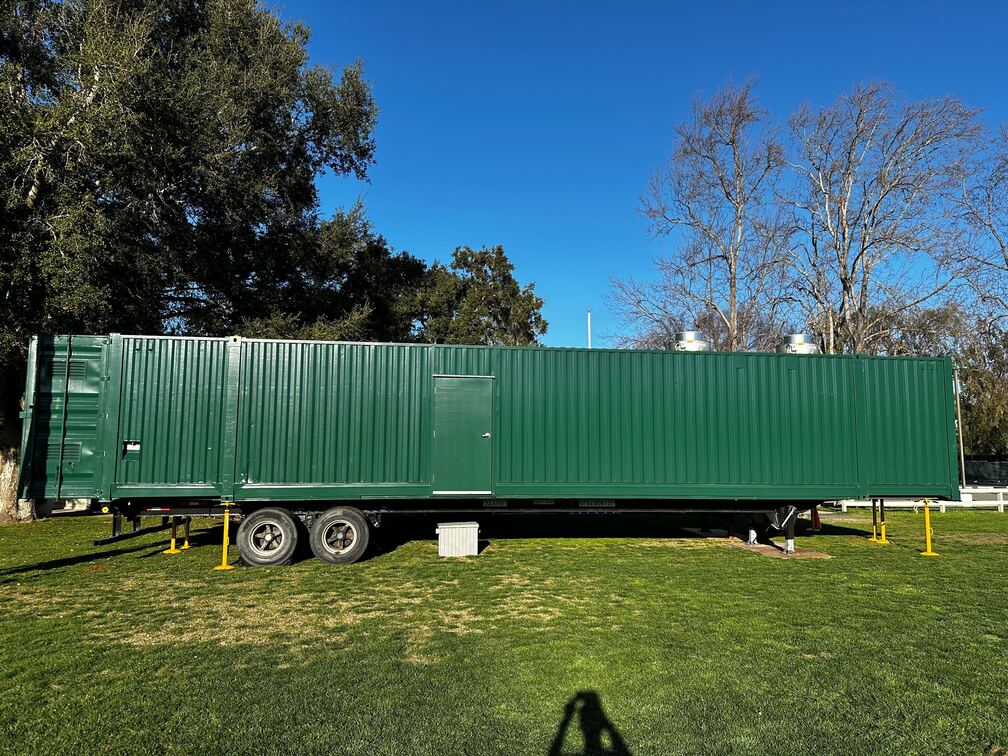
.jpeg)
%20(1).jpg)
%20(2).jpg)


%20(1).jpg)
%20(1).jpeg)
.jpg)
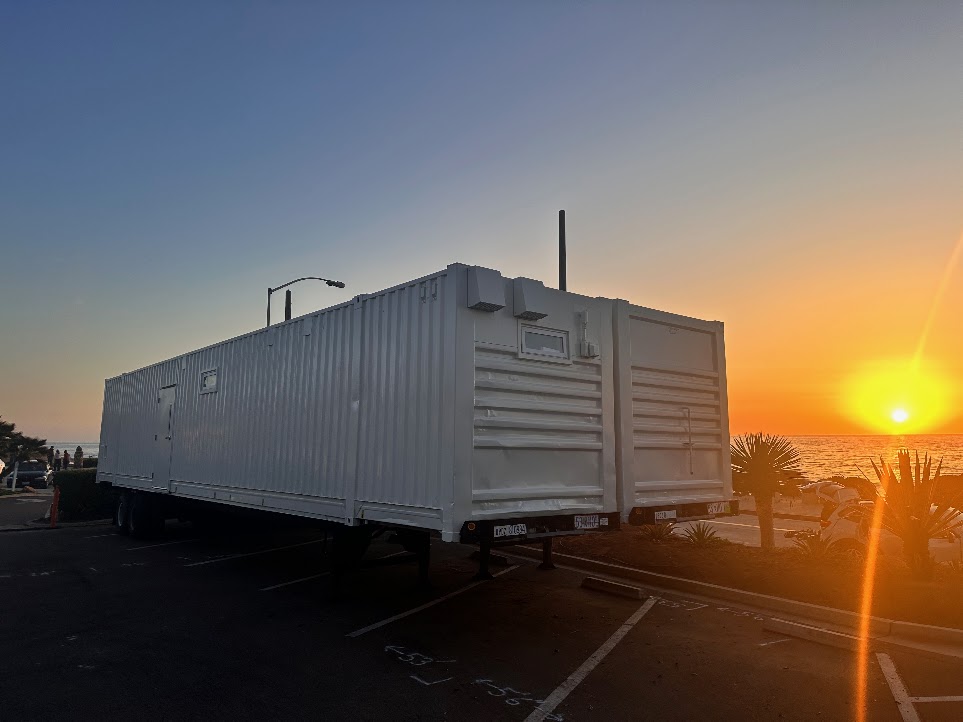

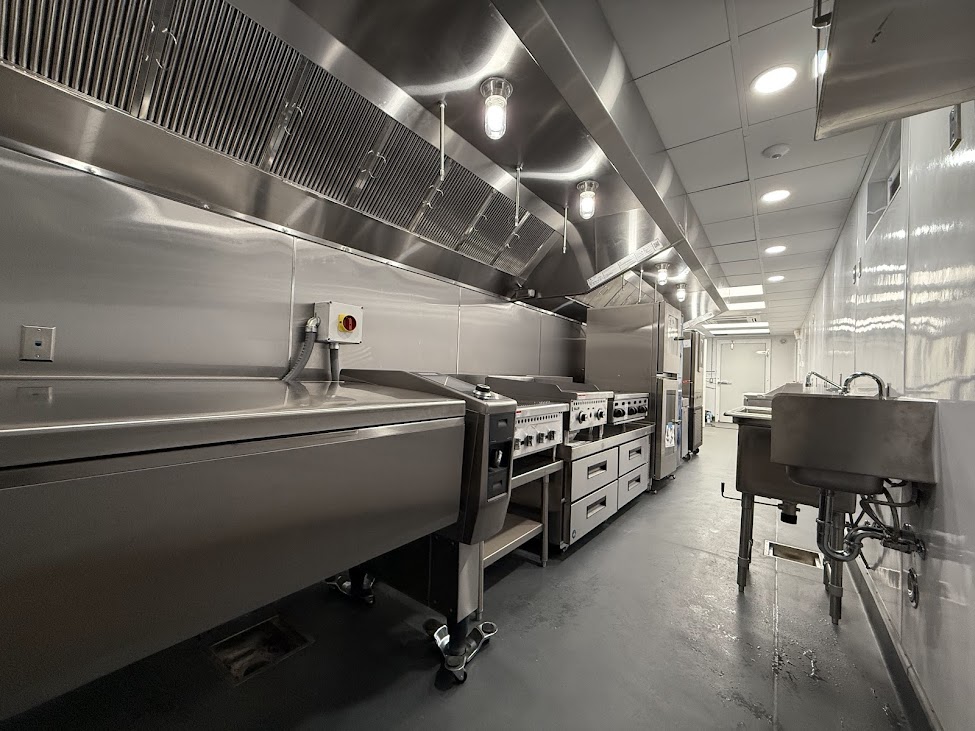
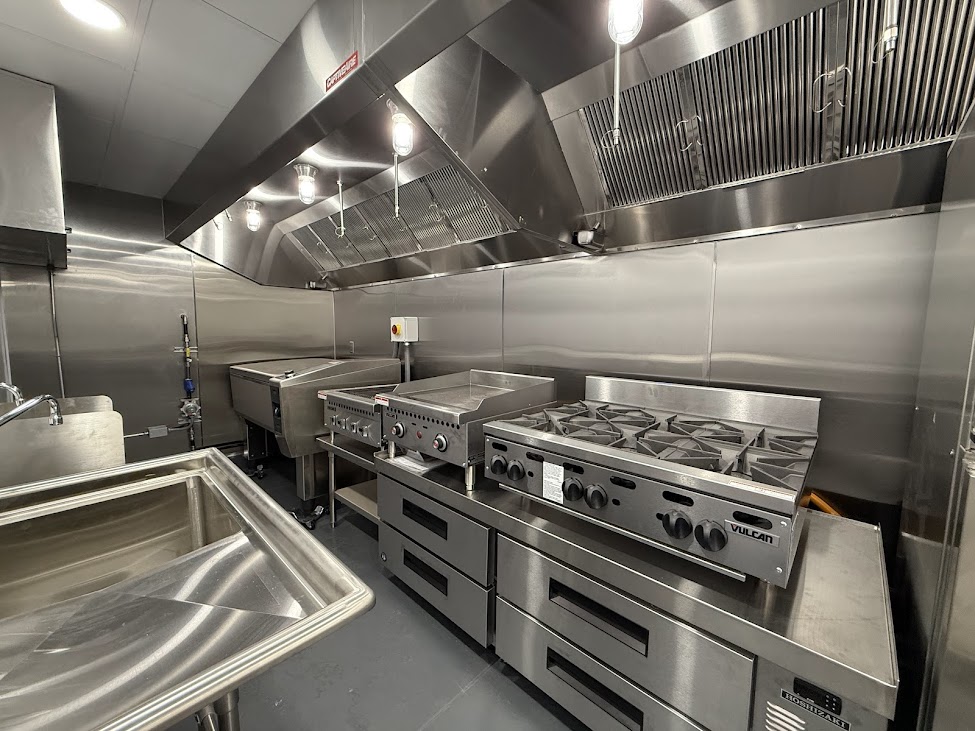
%20(2).avif)
.avif)
%20(1)%20(1).avif)
.avif)
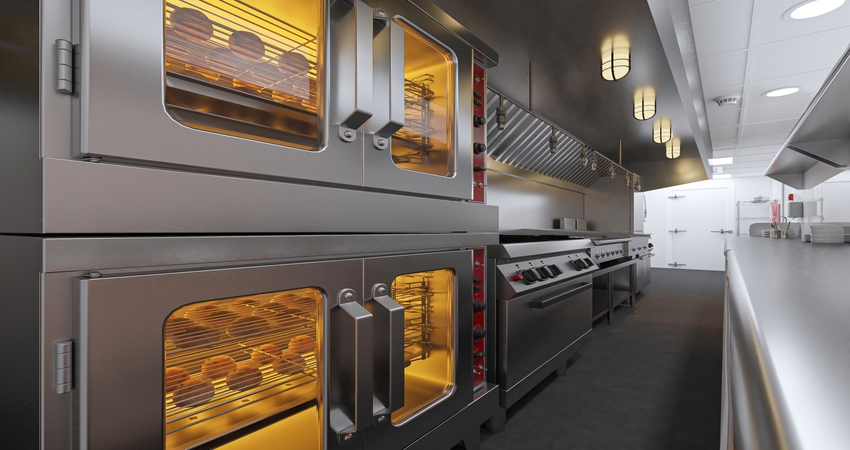
%20(1).avif)
%20(1)%20(1).avif)
%20(2).avif)
%20(1).avif)
%20(1).avif)
.avif)
%20(1)%20(1).avif)
%20(1).avif)
%20(1).avif)
%20(1).avif)
%20(1)%20(1).avif)

.svg)



